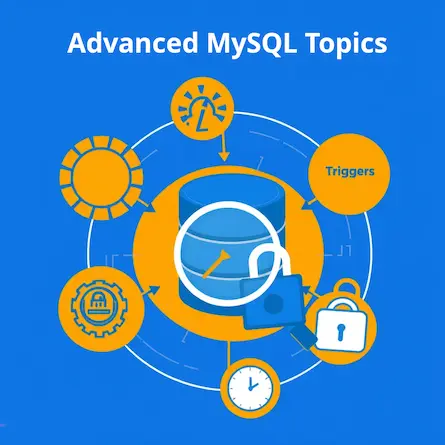
Optimizing MySQL Performance: A Guide for Tech Enthusiasts
- Ctrl Man
- Database , MySQL , Performance
- 25 Jul, 2024
Optimizing MySQL Performance: A Guide for Tech Enthusiasts
Introduction
In the digital age, efficient data management is paramount. MySQL, a popular open-source relational database management system, empowers countless applications. However, as databases grow and user demands increase, performance optimization becomes crucial. This guide delves into essential techniques for tech enthusiasts to enhance the speed, efficiency, and responsiveness of their MySQL databases.
Indexing Basics
Indices are the backbone of efficient MySQL performance. They act like a book’s index, allowing the database to quickly locate specific rows without scanning the entire table.
Understanding Index Types
- Primary Key Index: Automatically created on the primary key column, ensuring uniqueness and fast lookups.
- Secondary Index: Created on other columns to speed up queries based on those fields.
- Unique Index: Similar to a primary key, ensuring uniqueness but allowing null values.
- Composite Index: Created on multiple columns, useful for queries involving combinations of fields.
Example: Creating and Using an Index
CREATE INDEX idx_user ON users (user_id);
EXPLAIN SELECT * FROM users WHERE user_id = 100; -- Analyze index usage
Optimizing Index Usage
- Cardinality: High cardinality (many unique values) is ideal for indexes.
- Selectivity: Indexes should filter out a significant portion of the table’s rows.
- Prefix Indexing: Index a prefix of a long string column for a performance boost.
- Regular Maintenance: Update statistics and defragment indexes for optimal performance.
Query Optimization Techniques
Efficient queries are the heart of a well-performing MySQL database.
Key Techniques
- SELECT Only What You Need: Avoid
SELECT *and specify only the columns required. - Use JOINs Wisely: Prefer
INNER JOINoverLEFT JOINorRIGHT JOINwhen possible. - Optimize WHERE Clauses: Use indexes effectively, avoid functions in predicates, and be mindful of wildcard usage.
- LIMIT and OFFSET: Use these clauses to retrieve only the necessary rows.
- Subquery Optimization: In some cases, subqueries can be rewritten as joins for better performance.
- Batch Processing: Use transactions and batch updates to reduce overhead.
Example: Query Optimization
-- Less efficient
SELECT * FROM orders WHERE order_date > '2023-01-01' AND customer_id = 1234;
-- More efficient (assuming indexes on order_date and customer_id)
SELECT order_id, total_amount FROM orders WHERE order_date > '2023-01-01' AND customer_id = 1234;
Monitoring and Improving Database Performance
Continuous monitoring allows you to identify and address bottlenecks proactively.
Tools and Techniques
- MySQL Slow Query Log: Logs queries that take longer than a specified time.
- SHOW PROCESSLIST: Displays currently running queries.
- EXPLAIN: Analyzes query execution plans to identify potential optimizations.
- Performance Schema: Detailed MySQL server instrumentation.
- Third-Party Tools: MySQL Workbench, Percona Toolkit, PMM, etc.
Example: Monitoring Slow Queries
-- Enable slow query log
SET GLOBAL slow_query_log = 1;
SET GLOBAL long_query_time = 2; -- Log queries taking longer than 2 seconds
-- Review the slow query log
tail -f /var/log/mysql/mysql-slow.log
Conclusion
By mastering indexing, query optimization, and monitoring techniques, you can significantly enhance the performance of your MySQL databases. Remember, optimization is an ongoing process. Regularly review query performance, adapt indexing strategies, and leverage monitoring tools to ensure your databases consistently deliver optimal speed and efficiency.












